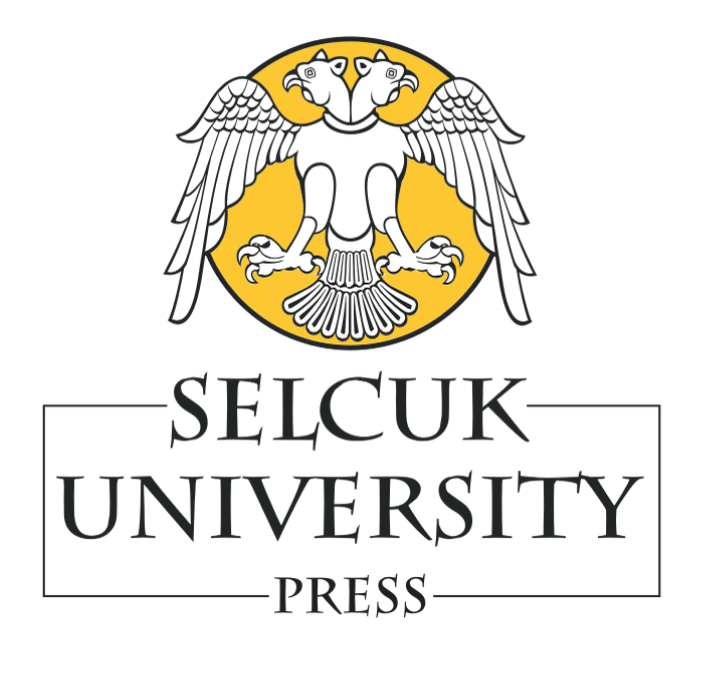| 2013, Cilt 29, Sayı 4, Sayfa(lar) 192-197 |
| [ Türkçe Özet ] [ PDF ] [ Benzer Makaleler ] |
| Identification of Enterobacteriaceae and Staphylococcaceae at Turkish sucuk |
| Mukadderat Gökmen1, Recep Kara2, Levent Akkaya1, Veli Gök3 |
| 1Department of Food Hygiene and Technology, Faculty of Veterinary Medicine, Balıkesir University, Balıkesir, Türkiye 2Department of Food Hygiene and Technology, Faculty of Veterinary Medicine, Afyon Kocatepe University, Afyonkarahiar, Türkiye 3Department of Food Engineering, Faculty of Engineering, Afyon Kocatepe University, Afyonkarahiar, Türkiye |
| Keywords: Enterobacteriaceae, Staphylococcaceae, Turkish sausage, sucuk |
| Downloaded:1916 - Viewed: 3433 |
|
Aim: In this study, the species from Enterobacteriaceae and Staphylococcaceae
families have been identified in Turkish fermented sausages
samples of five different corporations which are produced in
Afyonkarahisar.
Materials and Methods: Turkish fermented sausages of five different corporations which are produced in Afyonkarahisar were used as the material. In order for the calculation of Enterobacteriaceae, inoculation was made into Violet Red Bile Glucose Agar medium (ISO 21528-2 2004) and for the calculation of Staphylococcaceae Baird Parker Agar medium (FDA BAM, 2001) was used. Enterobacteriaceae were identified at species level with API- 20 E test kit (bioMérieux Inc API-20 E 2006). Staphylococcaceae were identified with APIStaph test kit (bioMérieux Inc API-Staph 2009). Results: Isolation and identification of Staphylococcaceae and Enterobacteriaceae species in Turkish sausage flora were done. 90 Staphylococcus isolates were derived from the Turkish sausage samples in the research. S. aureus (12.94%), S. epidermidis (15.29%), S. simulans (12.94%) and S. carnosus (11.76%) from Staphylococcaceae family have been identified. 235 Enterobacteriaceae isolates from Turkish sausage samples were identified at the species level as Citrobacter diversus (5.96%), Enterobacter sazazaki (11.91%), Enterobacter gergoviae (17.87%), Klepsiella ozaerae (6.38%), Salmonella arizonae (6.38%), Salmonella spp. (8.94%), Escherichia coli (8.94%), Serratia marcescens (6.81%), Serratia liquefaciens (6.38%) and Yersinia enterocolitica (4.26%). Conclusion: S. simulans from Staphylococcaceae family which can be used as a starter culture has been found in Turkish sausages for the first time. Pathogenic bacterium species from Staphylococcaceae and Enterobacteriaceae families determined in Turkish sausages indicate a risk for food safety and public health. |
| [ Türkçe Özet ] [ PDF ] [ Benzer Makaleler ] |





